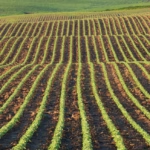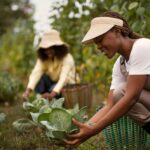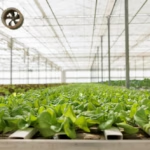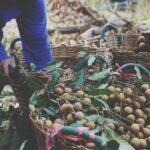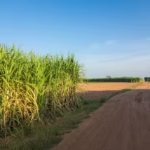Vanilla, often referred to as the “queen of spices,” is a highly sought-after ingredient prized for its rich aroma and flavor. While Madagascar dominates the global vanilla market, South Africa boasts a favorable climate and soil conditions ideal for vanilla cultivation. With the right techniques and practices, South African farmers can harness the full potential of their vanilla crops, enhancing both quality and yield. Here, we explore some effective techniques for optimizing vanilla production in South Africa:
1. Selecting Suitable Varieties:
Choosing the right vanilla variety is crucial for successful cultivation. While Vanilla planifolia is the most commonly cultivated species globally, other varieties such as Vanilla tahitensis or hybrids may offer advantages in terms of flavor profile, disease resistance, or adaptability to local conditions. Selecting suitable varieties tailored to South Africa’s climate and soil can optimize yield and quality.
2. Providing Optimal Growing Conditions:
Vanilla plants thrive in warm, humid environments with well-draining soil and filtered sunlight. In South Africa, regions with a subtropical or tropical climate, such as parts of KwaZulu-Natal and Mpumalanga, are well-suited for vanilla cultivation. Farmers should ensure adequate irrigation, shade, and soil fertility to promote healthy growth and development of vanilla vines.
3. Implementing Proper Planting Techniques:
Proper planting techniques are essential for establishing healthy vanilla crops. Vanilla vines are typically propagated from cuttings or tissue culture and require support structures such as trellises or trees for climbing. Careful attention should be paid to spacing, depth, and orientation during planting to optimize vine growth and facilitate pollination.
4. Pruning and Training Vines:
Regular pruning and training of vanilla vines are essential for maintaining plant vigor and productivity. Pruning helps remove dead or diseased growth, encourages branching, and improves air circulation around the vines. Training vines along trellises or support structures promotes efficient use of space and sunlight, leading to higher yields and better quality beans.
5. Pollination Management:
Vanilla flowers are naturally pollinated by specific insects native to their native habitat, such as certain species of bees and hummingbirds. In regions where natural pollinators are scarce, manual pollination techniques may be employed to ensure adequate fruit set and bean development. Hand pollination can be labor-intensive but can significantly increase yield and bean quality.
6. Implementing Integrated Pest Management (IPM) Practices:
Pest and disease management is crucial for protecting vanilla crops from common pests such as mites, aphids, and fungal pathogens. Integrated pest management (IPM) practices, including regular scouting, cultural controls, biological control agents, and judicious use of pesticides, can help minimize pest damage while reducing environmental impact and preserving natural ecosystems.
7. Harvesting and Post-Harvest Handling:
Harvesting vanilla beans at the optimal stage of maturity is essential for maximizing flavor and aroma. Beans should be harvested when fully ripe but still green, then subjected to a curing process to develop their characteristic vanilla flavor and aroma. Proper post-harvest handling, including drying, sweating, and conditioning, helps enhance bean quality and prolong shelf life.
8. Continuous Learning and Adaptation:
Successful vanilla cultivation requires ongoing learning, experimentation, and adaptation to changing conditions and market dynamics. Farmers should stay informed about the latest research, technologies, and best practices in vanilla production and collaborate with agricultural extension services, research institutions, and industry stakeholders to improve their techniques and optimize yields.
South Africa holds tremendous potential for becoming a significant player in the global vanilla market, thanks to its favorable climate, soil conditions, and agricultural expertise. By implementing the right techniques for enhancing quality and yield, South African farmers can unlock the full potential of their vanilla crops and produce beans of exceptional flavor and aroma. With dedication, innovation, and a commitment to sustainable agriculture, South Africa can establish itself as a leading producer of premium vanilla, enriching both the local economy and the global culinary landscape.


